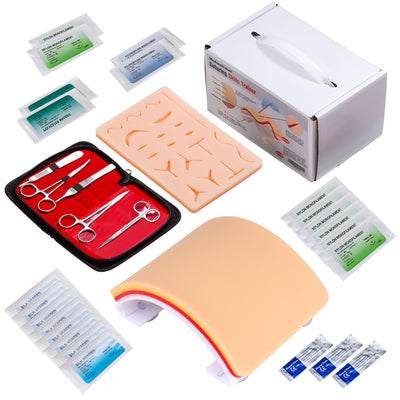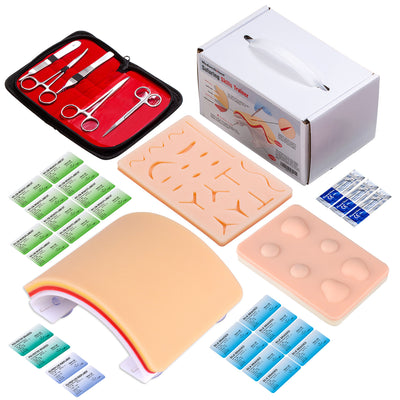IV therapy has witnessed remarkable advancements in recent years, driven by emerging technologies and innovative approaches. These advancements are revolutionizing the field of intravenous treatment, enhancing patient care, and improving healthcare delivery. This blog post explores the latest advancements in IV therapy, highlighting the emerging technologies and innovations that are shaping the future of this critical medical intervention.
- Smart Infusion Pumps and Connectivity: Smart infusion pumps, equipped with advanced features and connectivity options, have transformed the landscape of IV therapy. These pumps provide precise medication delivery, real-time monitoring, and integrated connectivity with electronic health records (EHR) systems. The interoperability between smart pumps and EHR systems streamlines medication administration, reduces errors, and improves documentation accuracy. Additionally, wireless connectivity enables remote monitoring and alerts, enhancing patient safety and allowing for timely intervention.
- Needle-Free IV Systems: Needle-free IV systems are gaining momentum as a revolutionary alternative to traditional needle-based approaches. These systems utilize innovative technologies, such as pressure-driven and needle-free connectors, to deliver medications and fluids without the need for needle puncture. This not only eliminates the discomfort and anxiety associated with needle insertion but also reduces the risk of needlestick injuries and associated infections. Needle-free IV systems offer improved patient comfort, enhanced safety, and decreased healthcare worker exposure to potential hazards.
- Wearable IV Devices: Wearable IV devices are emerging as a groundbreaking solution for patients requiring long-term IV therapy. These devices, typically worn on the body, provide continuous infusion while allowing mobility and freedom for patients. Wearable IV devices offer benefits such as portability, convenience, and improved quality of life for individuals with chronic conditions or those undergoing prolonged treatments. These devices often incorporate smart technologies, such as sensors and real-time data transmission, enabling remote monitoring and enhancing treatment adherence.
- Nanotechnology in IV Therapy: Nanotechnology has the potential to revolutionize IV therapy by enhancing drug delivery and targeting specific cells or tissues. Nano-sized particles and carriers can improve the solubility, stability, and bioavailability of medications, leading to optimized therapeutic outcomes. Additionally, nanomaterials can be designed to release drugs in a controlled manner, prolonging their effects and reducing dosing frequency. The application of nanotechnology in IV therapy holds promise for personalized medicine, targeted drug delivery, and improved treatment efficacy.
Advancements in IV therapy, driven by emerging technologies and innovations, are transforming the landscape of healthcare. Smart infusion pumps, needle-free IV systems, wearable IV devices, and nanotechnology are revolutionizing the administration of intravenous treatments, improving patient outcomes, and enhancing healthcare delivery. These advancements offer benefits such as precise medication delivery, enhanced patient comfort, improved safety, and targeted drug delivery. As technology continues to evolve, the future of IV therapy holds exciting prospects for personalized medicine, remote monitoring, and further advancements in patient care.

![Suture Practice Kit (42 Pieces) for Suture Skill Training Include Suture Pad 8 x 8 Inches with 31 Pre-Cut Wounds, Training Tools (Extra Kit) - [shop_medarchitect]](http://mediarchitect.net/cdn/shop/products/ultrasutrurepracticekit-1600X1600.jpg?v=1622173132&width=400)







